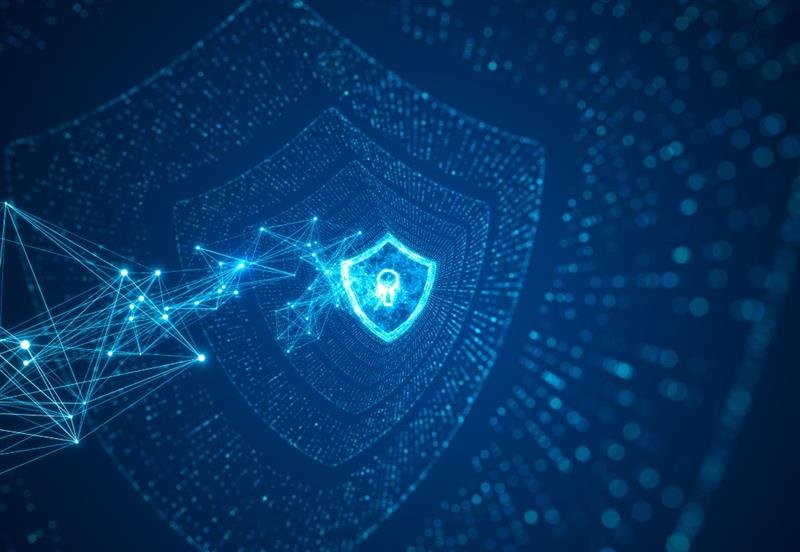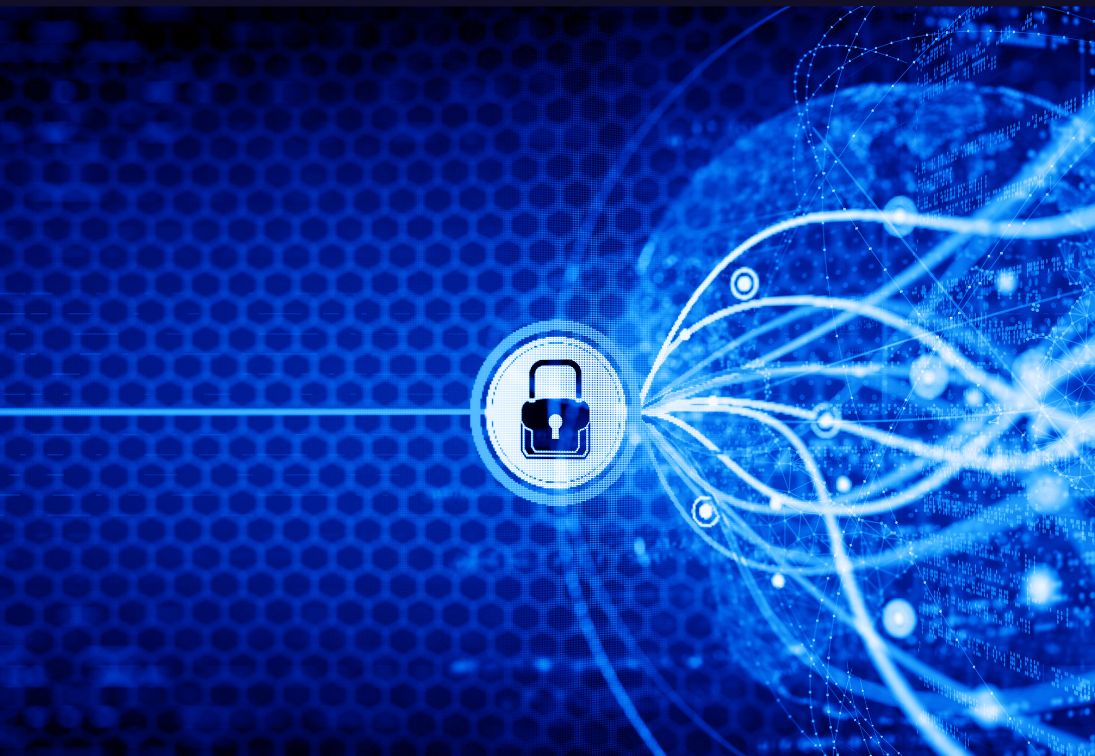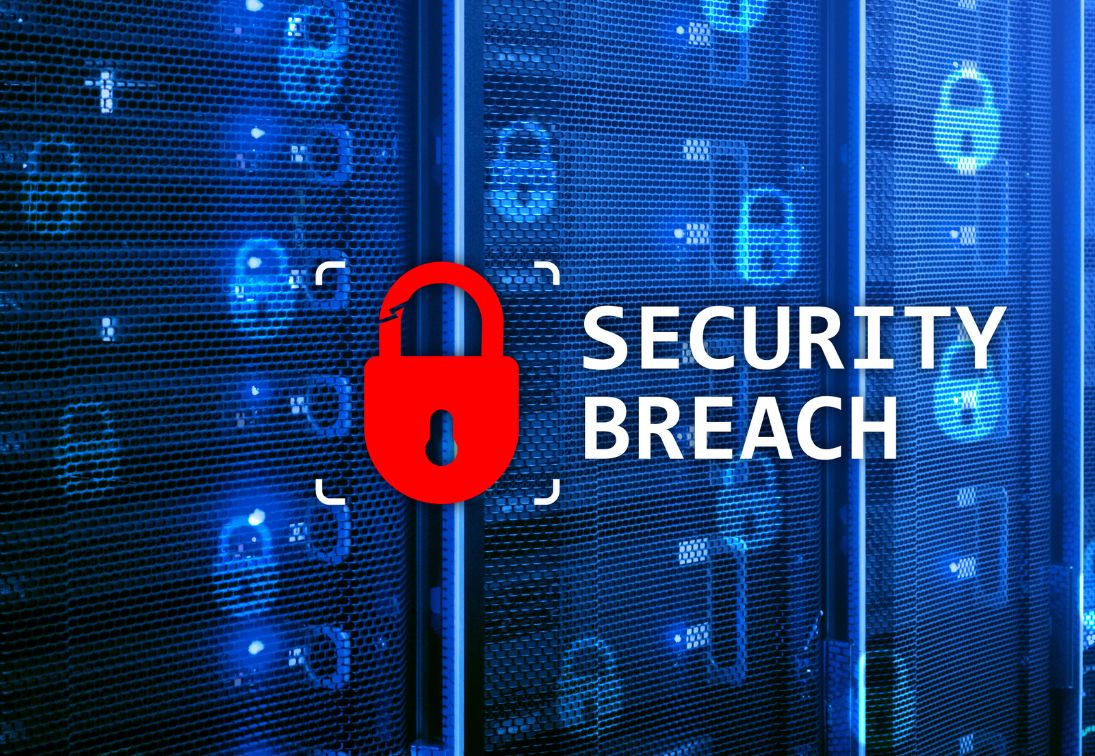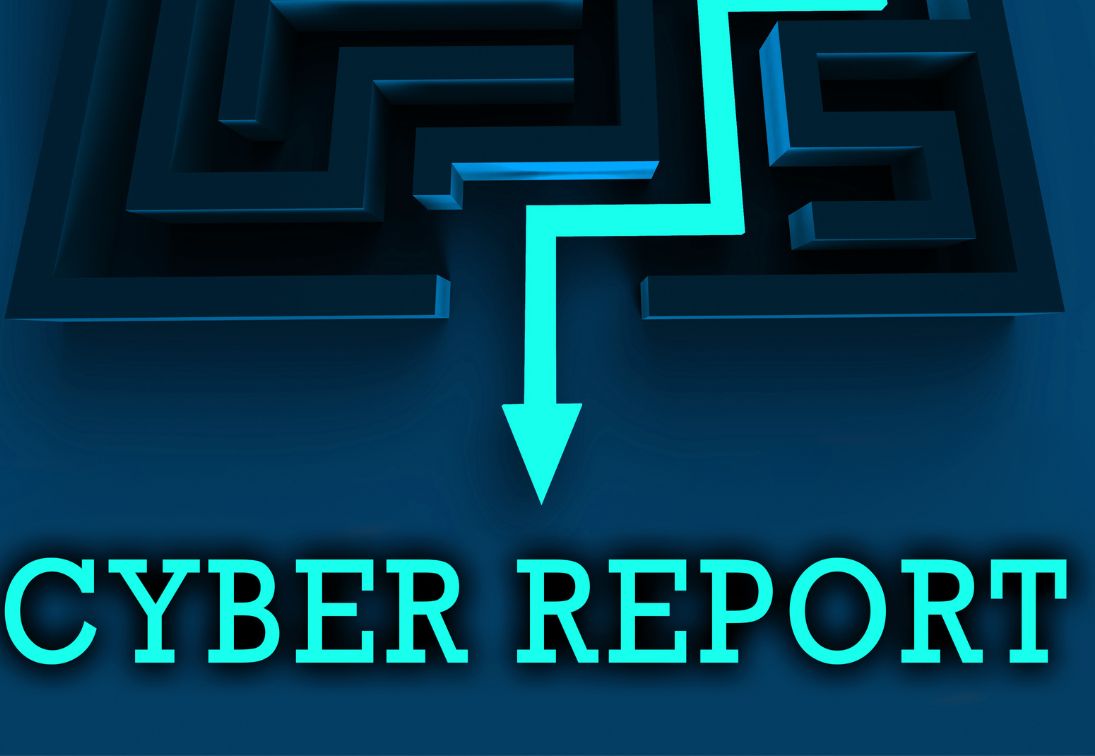The common mistake: Focusing only on technology
Many of the organizations that plan Disaster recovery plan are focusing Only in the technical part:
- Deploying infrastructure in the cloud or on an alternative site
- Definition RPO (Recovery Point Objective) ו-RTO (Recovery Time Objective)
- Performing periodic inspections
But that's not enough.
The process is just as critical as the technology!
Beyond establishing a technological DR site, A well-organized disaster recovery plan (DRP) is needed. to define exactly How the organization will deal with a disaster scenario.
The DRP program is A necessary condition for business continuity, because it ensures that all those in charge Know how to act in real time – and not just so that the systems can be restarted.
What does the recovery process involve?
Defining clear procedures for each department – Who is responsible for operating the DR environment? Who makes the decision? How do you update customers?
Defining possible scenarios – hardware failures, cyber attacks, infrastructure shutdowns, and more.
Training and exercises – Without appropriate training, even the most advanced system will not save you in the moment of need.
Coordination with external suppliers and services – Ensure that everyone involved has access to the necessary information in an emergency.
BCP – the broader aspect
A Disaster Recovery Plan (DRP) is only part of a Business Continuity Plan (BCP).Not just the technological side For overall business continuityThe BCP includes: Not just the technological side, but also you, but also you the business processes, employee performance, coordination with customers and suppliers, and procedures in emergency situations.
The conclusion – DR disaster recovery is not just IT!
Without DRP program, the employees did not know how to act during a disaster.
The lack of BCP can cause the business to collapse – even when the servers continue to operate.
The key to successful recovery lies in the correct combination of technological and process aspects.
The lack of BCP can cause the business to collapse – even when the servers continue to operate.
The key to successful recovery lies in the correct combination of technological and process aspects.
Don't give up on the process – this is what will ensure your business continuity!
Awakening in the field of privacy protection: mapping gaps and complying with legal regulations
Following the approval of Amendment 13 to the Privacy Protection Law, there has been a significant awakening among organizations regarding the need to map gaps and implement privacy regulations. Many organizations understand that preparing for the changes that will take effect in October 2025 is essential, but do not always understand that the requirements of the law can be met effectively and without heavy expenses.
How to comply with privacy regulations at minimal cost?
Complying with the Privacy Protection Act does not require large investments. By smartly utilizing the tools available in the organization and improving work processes, you can meet the requirements of the law without burdening your budget or resources.
The first and critical step is gap mapping – understanding where the organization stands in relation to legal requirements, identifying risks, and adjusting the information protection system accordingly. The necessary adjustments can be made using existing solutions in the organization, rather than purchasing new and complex technologies.
Applied solutions for regulatory compliance – without additional investment
1. Encrypting the organization's computers using built-in solutions
Instead of purchasing dedicated software for encrypting computers, you can useInstead of purchasing dedicated software for encrypting computers, you can use In BitLockerBitLocker, a built-in encryption solution from Microsoft, allows Automatic encryption of computers in the organization, which ensures protection of personal information in the event of loss or theft – without the need to purchase external solutions.
2. Update systems automatically
keeping on updated systems is one of the key sections of the new regulations. This can be done through WSUS (Windows Server Update Services) – A free Microsoft solution that allows management and distribution of updates to all organization computers, thus maintaining a high level of security without additional costs.
Summary: Disaster Recovery
Compliance with privacy regulations does not necessarily require significant investments. Proper management of existing resources, improving work processes, and utilizing structured solutions can enable organizations to prepare for Amendment 13 in an informed and effective manner. Early preparation can reduce risks, improve security levels, and save costs in the long run.
Cybersecurity and IT – Two Words, One Solution












